Transport aircraft, colloquially known as cargo planes, have been pivotal in military and civilian operations, embodying the evolution of logistics, humanitarian aid, and commercial transport. Their development is a story of engineering innovation, economic necessity, and strategic military asset transformation.
Early Developments
The history of transport aircraft began shortly after the Wright brothers’ first powered flight in 1903. During World War I, aircraft were primarily used for reconnaissance and combat. However, the potential of using aircraft for logistics quickly became evident. The German Zeppelin Staaken R.VI, a massive bomber, was among the first to be repurposed for cargo, carrying up to 2 tons of payload. In the interwar period, converted bombers and the Ford Trimotor, one of the first all-metal, multi-engine transport aircraft, led civilian aviation into the transport arena, moving mail and small cargos.
Transport
-
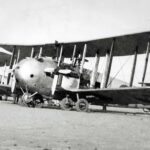 1920 - Vickers Vernon
1920 - Vickers Vernon
-
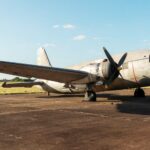 1945 - Vickers Viking
1945 - Vickers Viking
-
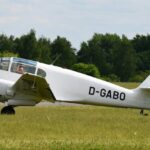 1950 - Aero Ae-45
1950 - Aero Ae-45
-
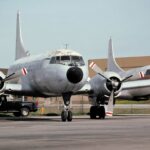 1950 - CONVAIR C-131
1950 - CONVAIR C-131
-
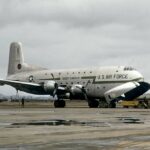 1950 - Douglas C-124 Globemaster II
1950 - Douglas C-124 Globemaster II
-
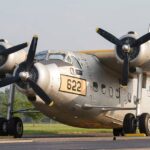 1950 - Northrop YC-125 Raider
1950 - Northrop YC-125 Raider
-
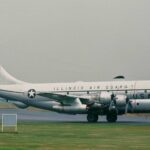 1951 - Boeing KC-97 Stratofreighter
1951 - Boeing KC-97 Stratofreighter
-
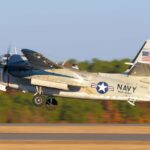 1952 - Grumman C-1A Trader
1952 - Grumman C-1A Trader
-
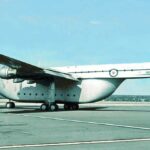 1955 - Blackburn Beverley
1955 - Blackburn Beverley
-
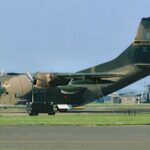 1956 - Fairchild C-123 Provider
1956 - Fairchild C-123 Provider
-
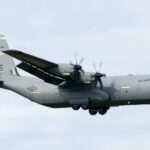 1956 - Lockheed C-130 Hercules
1956 - Lockheed C-130 Hercules
-
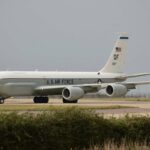 1957 - Boeing C-135 Stratolifter
1957 - Boeing C-135 Stratolifter
-
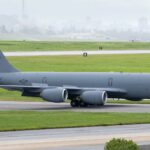 1957 - Boeing KC-135 Stratotanker
1957 - Boeing KC-135 Stratotanker
-
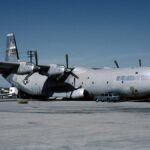 1957 - Douglas C-133 Cargomaster
1957 - Douglas C-133 Cargomaster
-
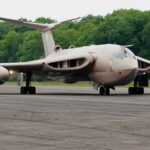 1957 - Handley Page Victor
1957 - Handley Page Victor
-
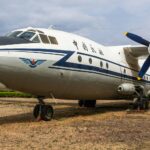 1959 - Antonov An-12 (Cub)
1959 - Antonov An-12 (Cub)
-
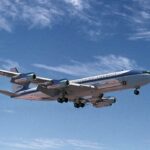 1959 - Boeing VC-137 / C-137 Stratoliner
1959 - Boeing VC-137 / C-137 Stratoliner
-
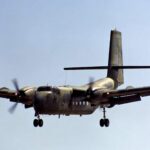 1959 - de Havilland Canada DHC-4 Caribou
1959 - de Havilland Canada DHC-4 Caribou
-
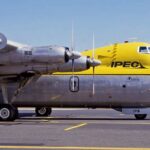 1960 - Armstrong Whitworth AW.660 Argosy
1960 - Armstrong Whitworth AW.660 Argosy
-
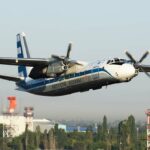 1962 - Antonov An-24 (Coke)
1962 - Antonov An-24 (Coke)
-
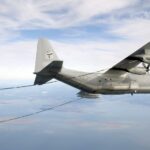 1962 - Lockheed Martin KC-130 Hercules
1962 - Lockheed Martin KC-130 Hercules
-
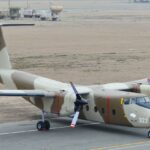 1965 - de Havilland Canada DHC-5 Buffalo
1965 - de Havilland Canada DHC-5 Buffalo
-
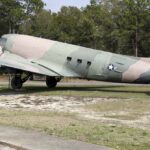 1965 - Douglas AC-47 Spooky
1965 - Douglas AC-47 Spooky
-
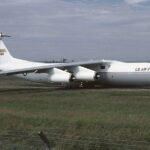 1965 - Lockheed C-141 Starlifter
1965 - Lockheed C-141 Starlifter
-
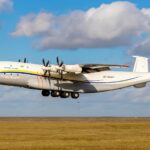 1967 - Antonov An-22 Antei
1967 - Antonov An-22 Antei
-
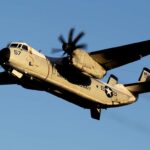 1967 - Grumman C-2 Greyhound
1967 - Grumman C-2 Greyhound
-
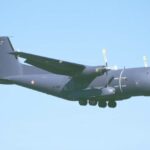 1967 - Transall C-160
1967 - Transall C-160
-
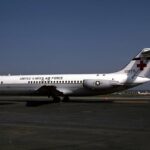 1968 - McDonnell Douglas C-9 (Nightingale/Skytrain II)
1968 - McDonnell Douglas C-9 (Nightingale/Skytrain II)
-
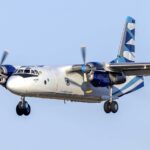 1969 - Antonov An-26 (Curl)
1969 - Antonov An-26 (Curl)
-
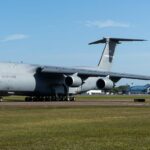 1970 - Lockheed C-5 Galaxy
1970 - Lockheed C-5 Galaxy
-
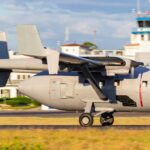 1973 - IAI Arava (Willow)
1973 - IAI Arava (Willow)
-
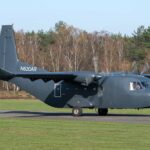 1974 - Airbus Military (CASA) C-212 Aviocar
1974 - Airbus Military (CASA) C-212 Aviocar
-
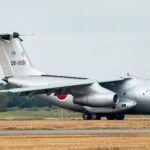 1974 - Kawasaki C-1
1974 - Kawasaki C-1
-
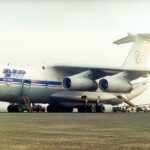 1975 - Ilyushin IL-76 (Candid)
1975 - Ilyushin IL-76 (Candid)
-
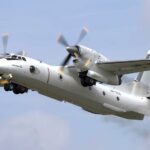 1976 - Antonov An-32 (Cline)
1976 - Antonov An-32 (Cline)
-
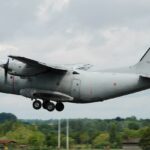 1978 - Alenia-Aeritalia G.222
1978 - Alenia-Aeritalia G.222
-
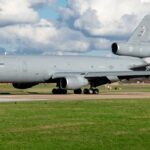 1981 - Boeing (McDonnell Douglas) KC-10 Extender
1981 - Boeing (McDonnell Douglas) KC-10 Extender
-
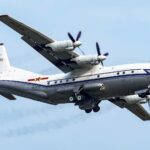 1981 - Shaanxi Y-8 (Yunshuji-8)
1981 - Shaanxi Y-8 (Yunshuji-8)
-
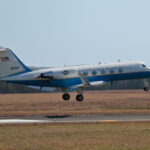 1983 - Gulfstream C-20
1983 - Gulfstream C-20
-
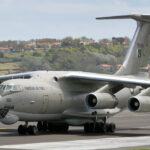 1984 - Ilyushin IL-78 (Midas)
1984 - Ilyushin IL-78 (Midas)
-
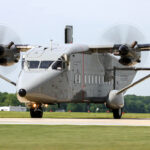 1985 - Short C-23 Sherpa
1985 - Short C-23 Sherpa
-
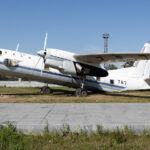 1985 - Xian Y-7
1985 - Xian Y-7
-
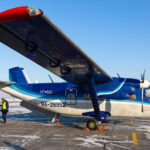 1986 - Antonov An-28 (Cash)
1986 - Antonov An-28 (Cash)
-
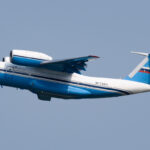 1986 - Antonov An-72 / An-74 (Coaler)
1986 - Antonov An-72 / An-74 (Coaler)
-
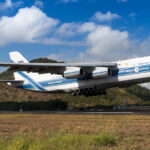 1986 - Antonov An-124 Ruslan (Condor)
1986 - Antonov An-124 Ruslan (Condor)
-
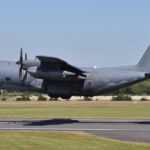 1986 - Lockheed MC-130P Combat Shadow
1986 - Lockheed MC-130P Combat Shadow
-
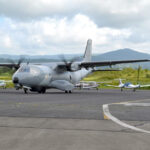 1988 - Airbus Military (CASA) CN-235
1988 - Airbus Military (CASA) CN-235
-
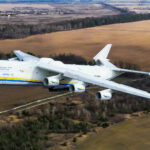 1989 - Antonov An-225 Mriya
1989 - Antonov An-225 Mriya
-
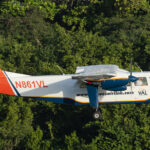 1989 - Britten-Norman Defender
1989 - Britten-Norman Defender
-
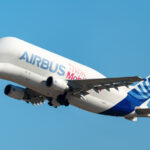 1995 - Airbus A300-600ST (Beluga)
1995 - Airbus A300-600ST (Beluga)
-
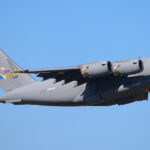 1995 - Boeing C-17 Globemaster III
1995 - Boeing C-17 Globemaster III
-
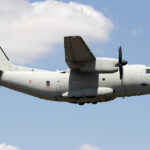 1997 - Leonardo C-27J Spartan
1997 - Leonardo C-27J Spartan
-
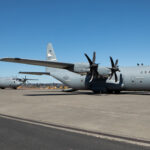 1997 - Lockheed Martin C-130J Super Hercules
1997 - Lockheed Martin C-130J Super Hercules
-
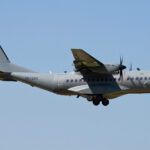 2001 - Airbus Military (EADS CASA) C-295
2001 - Airbus Military (EADS CASA) C-295
-
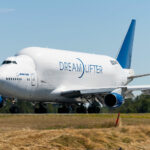 2007 - Boeing 747 Dreamlifter
2007 - Boeing 747 Dreamlifter
-
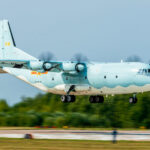 2012 - Shaanxi Y-9
2012 - Shaanxi Y-9
-
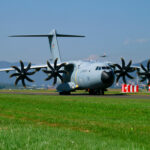 2013 - The Airbus Military A400M Atlas
2013 - The Airbus Military A400M Atlas
-
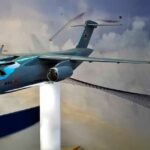 2016 - Ilyushin IL-214 MTA
2016 - Ilyushin IL-214 MTA
-
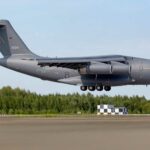 2016 - Xian Y-20 (Kunpeng)
2016 - Xian Y-20 (Kunpeng)
-
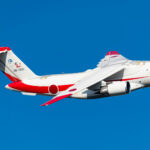 2017 - Kawasaki C-2
2017 - Kawasaki C-2
-
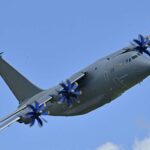 2018 - Antonov An-70
2018 - Antonov An-70
-
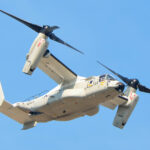 2020 - Bell Boeing CMV-22B Osprey
2020 - Bell Boeing CMV-22B Osprey
-
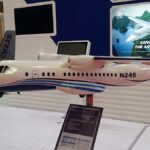 2020 - Indonesian Aerospace N-245
2020 - Indonesian Aerospace N-245
-
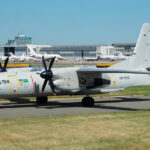 2021 - Antonov An-132
2021 - Antonov An-132
-
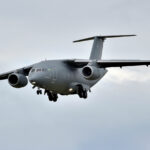 2023 - Antonov An-178
2023 - Antonov An-178
-
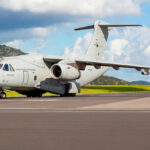 2023 - Embraer C-390 Millennium (KC-390)
2023 - Embraer C-390 Millennium (KC-390)
-
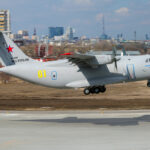 2023 - Ilyushin Il-112
2023 - Ilyushin Il-112
-
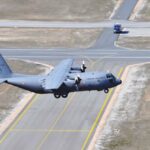 2024 - TAI Erciyes (C-130B/E)
2024 - TAI Erciyes (C-130B/E)
-
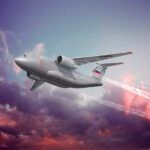 2025 - Ilyushin IL-276 SVTS
2025 - Ilyushin IL-276 SVTS
-
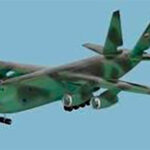 2026 - Ilyushin IL-106 (Slon)
2026 - Ilyushin IL-106 (Slon)
World War II – A Turning Point
World War II saw a significant advancement in transport aircraft. The necessity for rapid troop deployment and logistics gave birth to purpose-built cargo planes. The Douglas C-47 Skytrain, a military adaptation of the Douglas DC-3, became a workhorse, renowned for its reliability and versatility. Its capability to carry 6,000 pounds of cargo or 28 troops made it a significant multiplier in the war effort. The war also saw the emergence of gliders like the Waco CG-4, used to silently transport troops and equipment into battle zones.
Post-War and the Cold War Era
The end of WWII and the onset of the Cold War saw an increase in the size and capability of transport aircraft. The Lockheed C-130 Hercules, first flown in 1954, has been a versatile mainstay in military operations worldwide, capable of aerial delivery of troops and cargo, medical evacuation, and aerial firefighting. The introduction of jet-powered transport aircraft, such as the C-141 Starlifter and the C-5 Galaxy, the latter being one of the largest military aircraft ever built, vastly increased the speed and range of military logistics operations. These aircraft could transport heavy equipment, including tanks and large numbers of troops, across continents.
Commercial Air Freight
The air freight industry in the civilian sector paralleled military developments. The Boeing 747, initially a passenger jet, was transformed into a cargo carrier – the 747 Freighter. This aircraft could carry up to 100 tons of cargo, revolutionizing commercial air freight. Cargo variants of passenger airliners, like the McDonnell Douglas DC-10 and the Airbus A300, further expanded the global reach of commercial logistics.
Modern Era and the Rise of Efficiency
In the modern era, the need for efficiency and speed has led to the development of sophisticated transport aircraft. The Boeing C-17 Globemaster III and the Airbus A400M are capable of rapid strategic airlift of troops and cargo to and from a theater of operations. These aircraft are designed with modern warfare in mind, capable of operating from austere, short, and unprepared runways.
The Boeing 777 Freighter and the Airbus A330-200F are current pinnacles in the commercial sector, boasting fuel-efficient engines and significant payload capabilities. They reflect the need for faster, more efficient global logistics, critical for just-in-time manufacturing and delivery processes that underpin modern economies.
Technology and Design Innovations
The evolution of transport planes also reflects advancements in aeronautics, materials science, and avionics. Fly-by-wire systems, composite materials for lighter and stronger airframes, and increasingly efficient jet engines have continuously improved performance. In addition to these, loading systems with rollers and advanced cargo handling equipment have sped up the loading and unloading process, increasing the turnaround efficiency of cargo aircraft.
Future Trends
Looking toward the future, the transport aircraft sector is exploring sustainable aviation fuels and alternative power sources to reduce carbon emissions. Concepts like the blended wing body offer potential for even greater efficiencies in fuel usage and aerodynamics. Unmanned cargo aircraft are also on the horizon, promising to revolutionize logistics further by reducing manpower requirements and increasing safety in dangerous operational environments.
Humanitarian and Disaster Relief Operations
Transport aircraft have been crucial in humanitarian efforts. In disaster-struck regions, aircraft like the C-130 Hercules have delivered lifesaving supplies and evacuated the wounded and displaced, often being the first to arrive due to their ability to operate in challenging conditions.
The evolution of transport aircraft is a reflection of technological prowess, the relentless pursuit of efficiency, and the adaptation to ever-changing global strategic and commercial needs. From rudimentary conversions of bombers to state-of-the-art flying logistics platforms, these aircraft have shaped the world in countless ways. They have not only supported troops on the front lines but also connected global markets and brought aid to the most remote and afflicted regions. As technology marches on, transport aircraft will continue to evolve, reflecting humanity’s enduring need to move people and goods swiftly across the skies. The journey of transport aircraft is far from over; it is poised to ascend to even greater heights in the years to come.